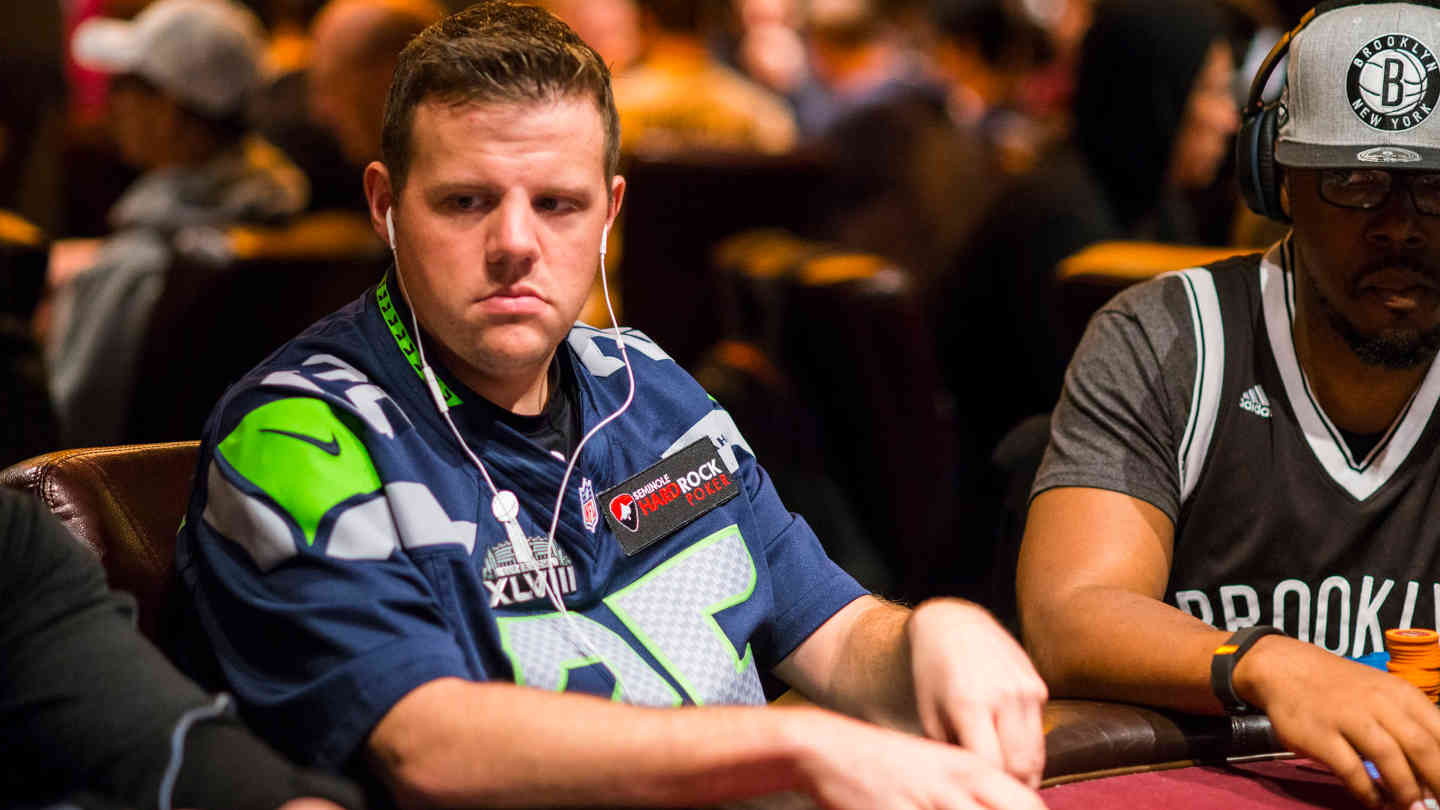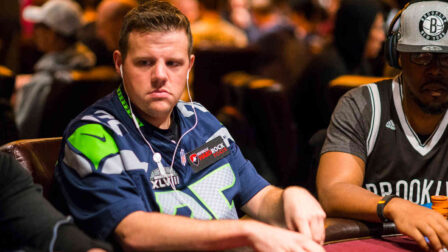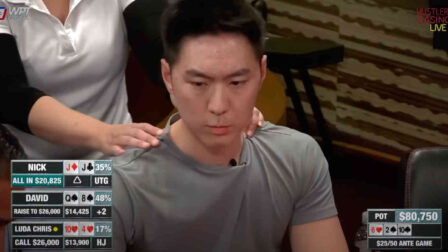Limp Pots: How To Play Facing Limping and Punish Weakness
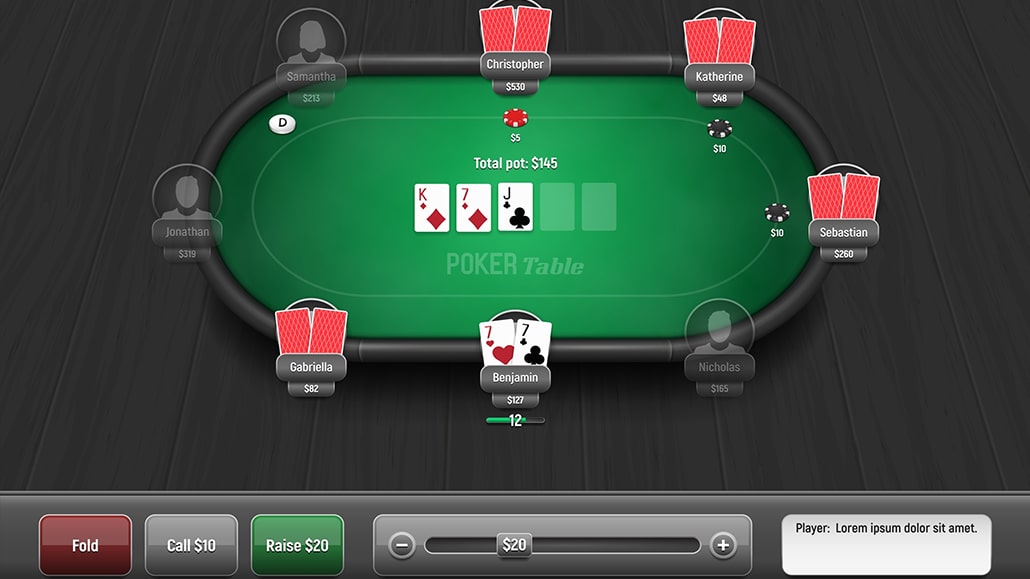
6 minutes
Last Updated: April 10, 2024
There are very few things that are as frowned upon among experienced players as open limping. The old rule of thumb is if your hand is good enough to limp in with, it is probably good enough to raise. If not, you have no business playing such poker hands in the first place.
However, there are still many games where people tend to limp in with more than a fair share of hands, trying to see cheap flops and proceed from there. Although these games are becoming harder to find at online poker sites, limping is still quite present in live games, so this advice should serve you well and help you pick up some pots you might have been missing out on.
Limp Pots Tip #1 – You Should Almost Never Limp First In
Although it’s been covered time and time again in videos and strategy articles, this is one of those points that is worth hammering on. You should basically never limp first in and there are perfectly good reasons for this.
By just limping in:
- You are letting your opponents in with all sorts of hands
- You aren’t doing anything to define their range
- You aren’t taking initiative in the hand
So, if you limp first in, you’re basically playing fit or fold poker, where you’ll only win when and if you hit the board hard enough, taking away any edge you might have. There are no hands PokerSnowie training app recommends you should limp with when first in.
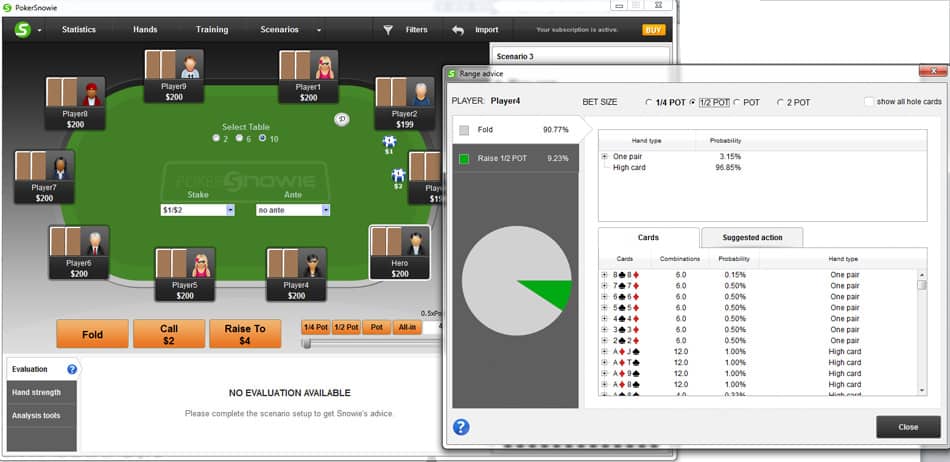
Get PokerSnowie FREE Trial and try it yourself!
The only potential exception here is when you have a small pocket pair in an early position, and you want to see a cheap flop on a fairly active but not very tough table. Limping instead raising might give you odds of seeing the flop and trying to hit your set.
Of course, this isn’t something you should be doing regularly, but it can be a part of your strategy in very specific situations where your opponents aren’t paying enough attention to figure out what you’re doing.
And, to offset this, you could be mixing in a few limps with very strong hands that you can 3-bet or even 4-bet when the action gets back to you, keeping your opponents at bay and forcing them to be careful when they see you just making a call.
Limp Pots Tip #2 – Sometimes You Can Join the Party
While limping first in is hardly ever a good way to go about a poker hand, limping behind, i.e. after some players have already limped in, can be a viable strategy with a certain range of hands.
These are hands that you don’t want to throw away, but you don’t particularly want to bloat the pot with either because you’ll need to hit pretty good to be able to continue.
In a situation where you have a small pocket pair or suited connectors like 7-8 or 9-10, and you’re facing a few limps in front of you, you might limp along from a late position and try to get a good flop. This is especially applicable in cash games where you’re usually quite deep, playing loose opponents with high VPIP, and there is plenty to fight for if you do get what you’re after.
Of course, before deciding to limp, you need to be sure the players behind you aren’t likely to raise. On a typically passive table, you’ll be able to get away with more limping so take advantage of this on occasion. You don’t have to punish the limpers all the time; occasionally, you can join them as well.
Limp Pots Tip #3 – Seize Control of Many Small Pots
Players who limp a lot tend to do so with all sorts of hands. They will still raise their good hands, so you can be quite certain that most of the time when you have a couple of serial limpers in front of you, they don’t have the goods.
This is the scenario where you’ll want to seize control of the pot with many of your strong hands when sitting in a late position, especially on the button. By raising, you’ll get rid of the blinds and also put limpers to the test, asking them to commit more chips to the put than they had initially hoped.
In live or very passive online games, where limp pots are much more common, don’t be afraid to go a bit crazy with your isolation raise sizes.
If you see they’re willing to snap call 5x-6x raises, you can start testing the waters with 7x+ and see how they react. You always want them to put in as much money as possible in the pot while behind.
PokerSnowie suggests a fairly wide raising range against limpers when you’re on the button:
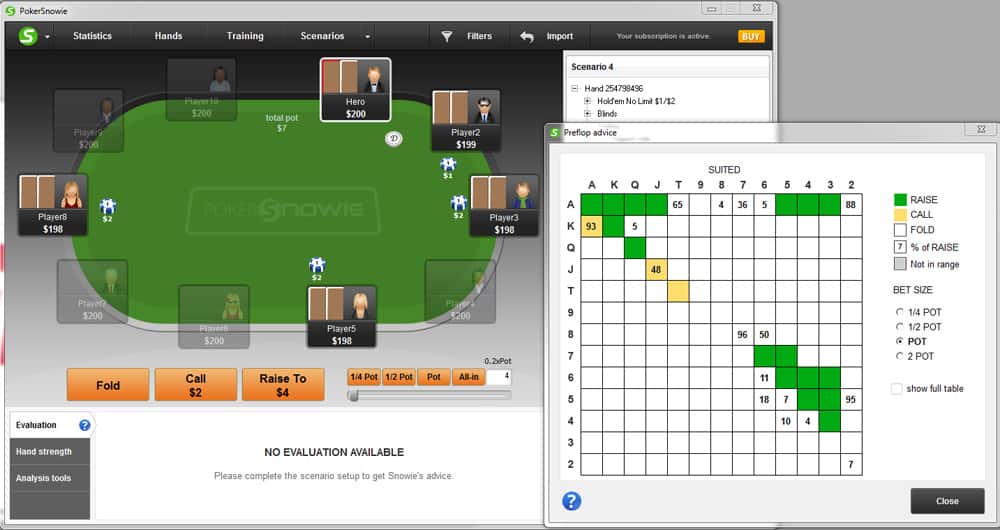
This is because you’ll not only take many pots before the flop, but you’ll always be in position on the flop and later streets. Many times, you’ll be able to win the pot by a simple continuation bet. Furthermore, you might over-realize your equity when you raise with the weaker part of your hand range and hit big because players might have a hard time putting you on that part of the range.
Limp Pots Tip #4 – Attacking limpers in tournaments
In cash games, people tend to be much happier splashing their chips around because they can always reload. In tournaments, however, many inexperienced players will be looking to see cheap flops by limping in but will be reluctant to call big raises or shoves because they’ll be risking their tournament lives.
For these reasons, attacking limpers should be an important part of your tournament strategy, especially when blinds increase and antes kick in. Since you’ll be playing fairly shallow poker, you should be looking to move all in a lot when you’re in the big blind, for example, and facing a few limps with a 15-20 BB stack.
PokerSnowie suggests a somewhat tight range, but I’d say in a live tournament, for example, where people’s limping ranges are really wide, you can probably get away with shoving an even higher percentage of hands and picking up heaps of dead money from the pot, especially from the blinds. Thus, it is always vital to adjust against your competition and avoid common mistakes.
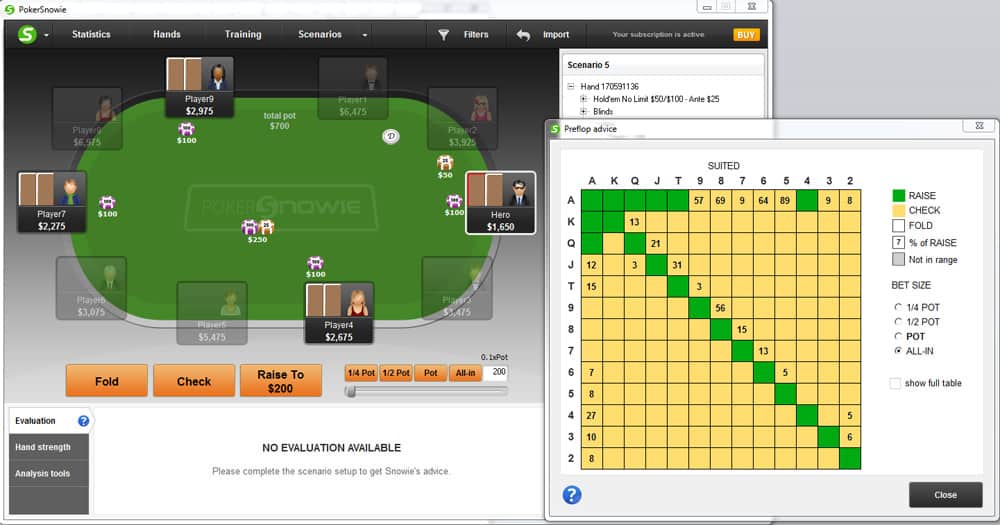
Get PokerSnowie FREE Trial and try it yourself!
Limp Pots Tip #5 – Be Very Careful About Limp-Raises
As mentioned, limpers are usually weak, and they will rarely remember to 3-bet you just because they feel like it.
If you do isolate and one of the limpers suddenly wakes up and comes over the top, be very, very careful. More often than not, they’ll have a real hand, and we’re talking about Aces through Queens and Ace King in most cases.
If they give you the right odds to take the flop in position, you can do so, but remember that flopping a pair might not be enough to beat them in this scenario.
Folding should be your default course of action in these scenarios to avoid problems further down the line. Of course, if they start doing it very often, you can adjust your poker play accordingly, but that’s a whole different topic.
Summary:
- You should almost never limp first
- Over-limping some hands is fine against passive players
- You should be aggressively attacking limpers in both MTT and cash games
- Play very carefully against limp-raises – it often indicates a strong range










